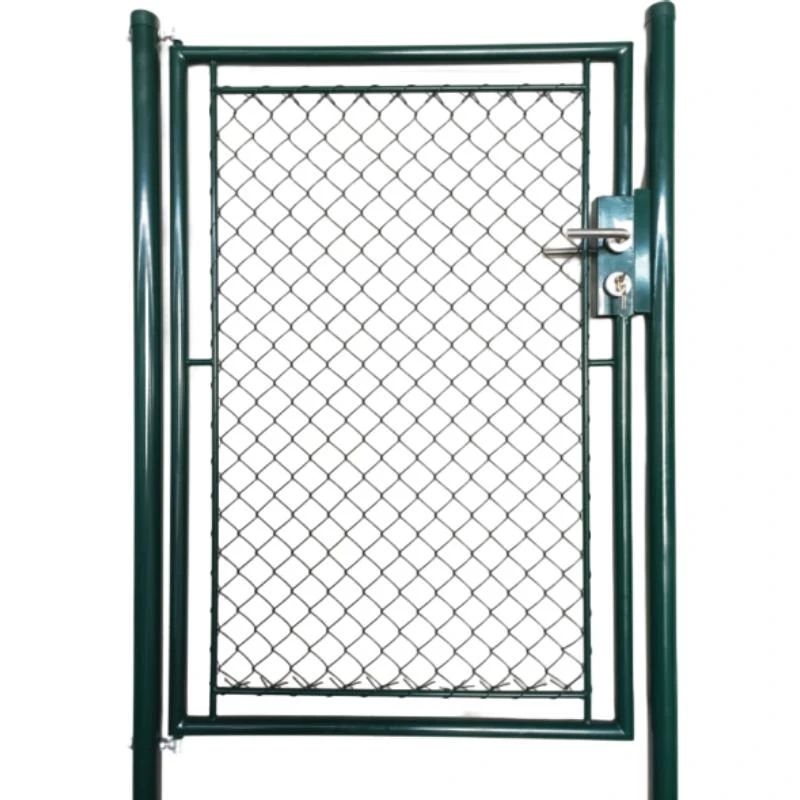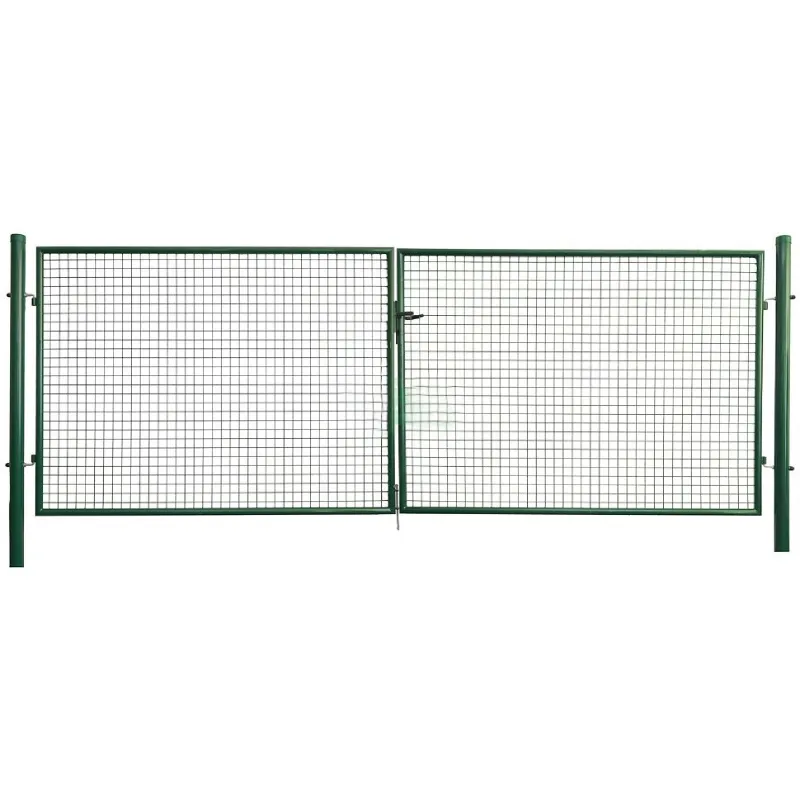-
E-mail:zhao@hyliec.cn
-
Telefono:+86 311 85273988
-
WhatsApp:8613931128750
-
 africano
africano -
 albanese
albanese -
 Amarico
Amarico -
 Arabo
Arabo -
 armeno
armeno -
 Azero
Azero -
 Basco
Basco -
 bielorusso
bielorusso -
 bengalese
bengalese -
 Bosniaco
Bosniaco -
 bulgaro
bulgaro -
 catalano
catalano -
 Cebuano
Cebuano -
 Corso
Corso -
 croato
croato -
 ceco
ceco -
 danese
danese -
 Olandese
Olandese -
 Inglese
Inglese -
 esperanto
esperanto -
 Estone
Estone -
 finlandese
finlandese -
 francese
francese -
 Frisone
Frisone -
 galiziano
galiziano -
 georgiano
georgiano -
 Tedesco
Tedesco -
 greco
greco -
 Gujarati
Gujarati -
 Creolo haitiano
Creolo haitiano -
 haussa
haussa -
 hawaiano
hawaiano -
 ebraico
ebraico -
 No
No -
 Miao
Miao -
 ungherese
ungherese -
 islandese
islandese -
 igbo
igbo -
 indonesiano
indonesiano -
 irlandesi
irlandesi -
 Italiano
Italiano -
 giapponese
giapponese -
 giavanese
giavanese -
 Kannada
Kannada -
 kazako
kazako -
 Khmer
Khmer -
 Ruandese
Ruandese -
 coreano
coreano -
 curdo
curdo -
 Kirghizistan
Kirghizistan -
 TBC
TBC -
 latino
latino -
 lettone
lettone -
 lituano
lituano -
 Lussemburghese
Lussemburghese -
 macedone
macedone -
 Malgashi
Malgashi -
 malese
malese -
 Malayalam
Malayalam -
 maltese
maltese -
 Maori
Maori -
 Marathi
Marathi -
 mongolo
mongolo -
 Myanmar
Myanmar -
 nepalese
nepalese -
 norvegese
norvegese -
 norvegese
norvegese -
 occitano
occitano -
 Pashtu
Pashtu -
 persiano
persiano -
 Polacco
Polacco -
 portoghese
portoghese -
 Punjabi
Punjabi -
 rumeno
rumeno -
 russo
russo -
 Samoano
Samoano -
 Gaelico Scozzese
Gaelico Scozzese -
 serbo
serbo -
 Inglese
Inglese -
 Shona
Shona -
 Sindhi
Sindhi -
 Singalese
Singalese -
 slovacco
slovacco -
 sloveno
sloveno -
 Somalo
Somalo -
 spagnolo
spagnolo -
 Sundanese
Sundanese -
 Swahili
Swahili -
 svedese
svedese -
 Tagalog
Tagalog -
 Tagico
Tagico -
 Tamil
Tamil -
 Tartaro
Tartaro -
 Telugu
Telugu -
 tailandese
tailandese -
 Turco
Turco -
 turkmeno
turkmeno -
 ucraino
ucraino -
 Urdu
Urdu -
 Uiguro
Uiguro -
 Uzbeco
Uzbeco -
 vietnamita
vietnamita -
 gallese
gallese -
 Aiuto
Aiuto -
 yiddish
yiddish -
 Yoruba
Yoruba -
 Zulù
Zulù
Cancelli del giardino
Cheap Garden Gates For Sale
You can find cheap garden gates for sale at various home improvement stores, online retailers, and local hardware shops. Consider looking for sales, clearance items, or second-hand options to find affordable garden gates that meet your needs. Additionally, exploring different types and sizes can help you find cost-effective solutions for your garden gate. Be sure to compare prices, quality, and reviews to make an informed decision.
Garden Gate Construction
1. Planning: Determine the location and dimensions of the gate, considering the width of the pathway or opening. Decide on the type of gate, such as a single or double gate, and the materials to be used.
2. Materials: Select the appropriate types and sizes for the gate, such as round tube gates or square tube gates, single wing gates or double wings gates, ensure to meet requirements of maximum.
3. Frame assembly: Construct the frame of the gate using the chosen types and sizes . This may involve cutting and assembling the frame pieces, ensuring that they are square and level.
4. Adding infill: Depending on the design, add infill materials such as pickets, panels, or mesh to the gate frame. Secure the infill materials to the frame using appropriate fasteners.
5. Hardware installation: Install hinges, latches, and any additional hardware required for the gate to function properly. Ensure that the hardware is durable and suitable for outdoor use.
6. Finishing touches: Sand the gate to smooth any rough edges and apply a protective finish or paint to enhance its durability and appearance.
7. Installation: Once the gate is constructed, install it in the desired location, ensuring that it swings freely and latches securely.
It's important to follow any local building codes or regulations when constructing a garden gate, especially if it will be used as a boundary or security feature. If you're unsure about the construction process, consider consulting with a professional or seeking guidance from experienced individuals.





